Laiyonelth | He/They
Mama Tierra: A Fable from the Future Past
Andes Mountains/USA
Tropical and Subtropical Dry Broadleaf Forests
Urban
Temperate Broadleaf and Mixed Forests
Session 9: May 24, 2023
Children of the world, let me share a story with you.
It is said by our ancestors that a long time ago, at the beginning of the third millennium, three brothers named Fuel ran the world. The rays of the sun were no longer good for our globe; the heat was becoming unbearable, and the planet started to burn. Mama Tierra was constantly crying, and her pain was mistaken for rage. Nevertheless, in most parts of her body, her children could still run freely. Their hearts still beat in sync with every step they took on the land: a reminder that their mother was kind, giving, and forgiving.
And yet, the world was so different that our elders struggled to find the words to describe it. The hearts of most humans were consumed by ideas that a few tyrants from long before had imposed as the norm. They had exchanged dancing for labor—labor that neither resonated with their calling nor brought them joy, labor that only sought to claim possession of artifacts in an ongoing cycle of use and refuse. They had forgotten the name of their mother and why she gave them their very breath. And suddenly, there were whispers of the end of life. Mama Earth was running tired and could not breathe because the three Fuel brothers were suffocating her lungs.
The younger you were, the more grief you felt.
There was pain, pain, pain, pain with a capital P.
P—A—I—N
¡Ay qué dolor!
Pain for what was, what could be, and what was no longer possible.
The whispers became facts, and the nations of the world could no longer turn their backs on the outcries of the land. Mama Tierra was still merciful, and she sustained the web of life. Meanwhile, the children would smile among themselves—they could sense that they were different, and yet the same. Some of their ancestors had built the very net in which the world was trapped, but this new generation became the hope of a world that had stopped dancing in order to labor. The children felt betrayed, but more decisive than any generation of their ancestors. The voices from what used to be called the “Global South” grew louder than ever. They wanted a world of fairness stretching from the mountains of Bolivia to the peaks of Pakistan. They knew they could make it, but they did not know how. They were aware of their collective power, but they did not know how to embrace it, for the world had taught them to think as a single unit and not as part of a whole.
H—O—P—E—L—E—S—S
Hopeless—they took the word and removed the last four letters to regain “hope.” And suddenly, they turned back to Mama Tierra. They listened to her heartbeat and her calming voice when she told them,
“Wherever you go, I’ll hold you, my children. I gave you life and you’re part of my life. You are ancestral water and life. Your veins are a reflection of mine. Your heartbeat is a reflection of mine, too. You are nature as much as everything I ever made and hold. You were, have been, are, and will be my water and my air. If you breathe, I do too. Work together. Embrace your nature. You are one.”
From the grasslands of Juba to the coast of Capurganá, children from every biome raised their voices in protection of their lands. Eventually, their seniors did too, and saved life so that you and I, y todos los demás, can continue to feed from the love Mama Tierra provides, una y otra vez.
Laiyonelth was born in the Andes mountains and lives in the land of the Lenapehoking (Brooklyn). A Lover of Earth and everything that comes from the land, Laiyonelth is an afro-descendant immigrant advocating and rebuilding a relationship with our planet through the arts. Laiyonelth believes in the goodness of humanity and in our collective power.

